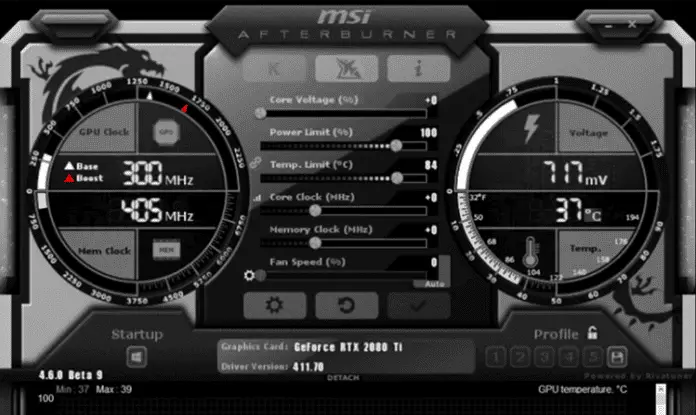



If you have connected the CPU cooler or a liquid cooler pump to the CPU fan header, it should be Fan #1 by default. For instance, the first card, Fan Control #1, should be the control for Fan #1. Each card under the Controls section corresponds to a card in the Speeds section. Step 2: The main home screen of the software is divided into two sections: Controls and Speeds. To run the tool, open the FanControl.exe file. Unzip the package and store all the files in a folder. Step 1: Download Fan Control from the official website, or its Github repository. Thus, any hardware compatibility issue completely depends on LibreHardwareMonitor and NvAPIWrapper. Instead, they have managed to repurpose a bunch of existing hardware libraries and have simply added a user interface on top. According to the developers, the drivers and the backend portion of the tool have not been created from scratch. Create custom external temperature sensors with *.sensor files.Fan Control is available for free from its Github page and the official website.Works as a background application with a customizable tray icon.Mix different curves and sensors together.Fine-tune the fan control response with steps, activation %, response time and hysteresis.Multiple temperature sources ( CPU, GPU, motherboard, hard drives, ".sensor" file ).This process is accomplished through an easy-to-configure and use interface that offers a nice variety of features that will help keep your machine's GPU and CPU fans running at optimal speeds while providing you with up-to-date details on their performance.įanControl will be a useful asset for any geek looking to have more control over fan speeds even through multiple profiles allowing for quick use depending on the specific situation at hand. With FanControl, you will be able to control almost every aspect of your machine's fans. FanControl is a highly customizable portable Open Source GPU and CPU fan management utility.


 0 kommentar(er)
0 kommentar(er)
